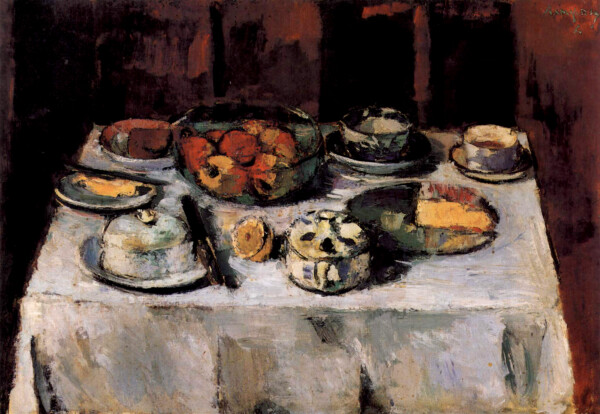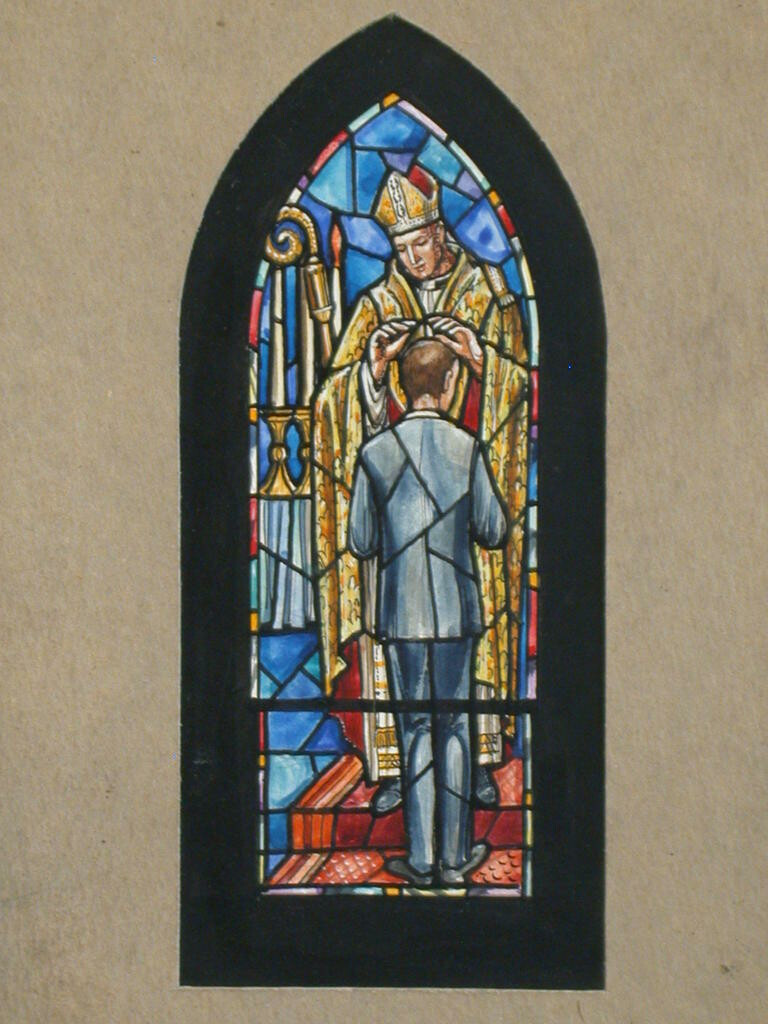Ask a Theologian: Real Presence

Dear Theologian,
What does The Episcopal Church teach about the “real presence” of Christ in the sacrament of Holy Communion? When I was growing up in the Roman Catholic Church, I was taught that the bread and wine were changed into the actual body and blood of Christ. Now, as an Episcopalian, I am told that we reject this idea of “transubstantiation” (so-called). But how do we understand the Lord’s presence in the sacrament?
Doubtful Communicant
Dear Communicant,
In thinking about the Holy Eucharist, we are attempting to think about “Mystery” in the strict theological sense—that is, a reality that is forever beyond our full comprehension, even though we can get some partial understanding. Therefore our thinking and speaking must be done with great reverence and humility.
The Church’s faith in the “real presence” of Christ in the sacrament of Holy Communion is grounded in Scripture and attested by many patristic writers of the early centuries. In a famous passage, St. Paul writes (sometime in the decade of the 50’s AD):
“The cup of blessing that we bless, is it not a sharing in the blood of Christ? The bread that we break, is it not a sharing in the body of Christ? Because there is one bread, we who are many are one body, for we all partake of the one bread.” (1 Cor 10:16-17)
A little further on in the same letter he writes:
“Whoever, therefore, eats the bread or drinks the cup of the Lord in an unworthy manner will be answerable for the body and blood of the Lord.” (1 Cor 11:27)
The vivid sense of the “objective” reality of Christ himself in the eating and drinking of the consecrated elements has persisted down through all the centuries. In the medieval period, however, an extreme literal understanding of this presence became fixed in the popular mind, so that the consecrated bread itself was sometimes imagined to be the actual body of Christ in a physical sense.
Beginning in the eleventh century, the doctrine of “transubstantiation” was formulated as a way of affirming the real presence. Using philosophical concepts that were current at the time, this doctrine affirmed that the “substance” of the bread and wine was, by the power of God, converted or changed into the “substance” of Christ Himself, even though the “accidents” (appearance, taste, etc.) of bread and wine remained.
This theology was accompanied by a popular piety which was focused on the consecrated bread as object of devotion. People longed to gaze upon the elevated Host when it was lifted up by the priest after the words of consecration in the Mass. The Host was also put on display for adoration at certain times, and was even carried in procession. On the other hand, the people rarely if ever received Holy Communion; only the priest consumed the consecrated elements.
It is generally recognized today that this medieval Eucharistic piety was a distortion of the sacrament. Part of the program of the Reformers in the sixteenth century was to restore the integrity of the Eucharist by encouraging the people to receive Communion and to understand the liturgy as a sacred meal (the Lord’s Supper).
Why did the Church of England reject the concept of “transubstantiation”? Article XXVIII of the Articles of Religion (as reaffirmed by the Episcopal Church in 1801) says: “Transubstantiation (or the change of the substance of Bread and Wine) in the Supper of the Lord, cannot be proved by Holy Writ; but is repugnant to the plain words of Scripture, overthroweth the nature of a Sacrament, and hath given occasion to many superstitions.” [1]
The words singled out above for emphasis get at the heart of the matter for Anglicans. It is in “the nature of a sacrament” that the natural or physical reality remains itself, while at the same time making present the spiritual reality. The bread is still bread, after the prayer of consecration, but now it is also a sacrament in the sense that it makes present a spiritual reality.
“The outward and visible sign in the Eucharist is bread and wine, given and received according to Christ’s command. The inward and spiritual grace in the Holy Communion is the Body and Blood of Christ given to his people, and received by faith.” [2]
This statement of the Eucharistic faith of The Episcopal Church clearly affirms the spiritual reality of Christ’s self-gift to his people when the sacrament is received in the attitude of faith. But it also makes clear that the bread and wine function sacramentally as “the outward and visible sign.”
The Anglican perspective on the Eucharist can be appreciated better by looking at the theology of Richard Hooker (1554-1600).
“Like Cranmer, Hooker’s doctrine can be described as a doctrine of the real partaking of the body and blood of Christ in the Eucharist, rather than a doctrine of the real presence of Christ in the Eucharist. This doctrine of the Eucharist, which became characteristic of Anglican theology, is often referred to as ‘receptionism.’ Hooker does not deny the real presence, but he relates it primarily to the faithful communicant rather than to the elements of bread and wine... On the question of the relation of the presence to the elements of bread and wine he adopts a position of deliberate agnosticism: ‘...what these elements are in themselves it skilleth not, it is enough that to me which take them they are the body and blood of Christ.’” [3]
This understanding of the Eucharist shifts the emphasis away from the elements in themselves (as a possible object of devotion) and views them rather in their sacramental function as communicating the presence of Christ to the one who receives them in the attitude of faith. This is in accord with Cranmer’s effort “to reorient Eucharistic doctrine around the act of Communion, rather than around a change in the nature of the elements.” [4]
What Anglican and Roman Catholic Christians have in common, despite differences in terminology, is the centrality of the Holy Eucharist in their life of faith. Christ’s presence in this sacrament remains a great Mystery—to be entered into, but not to be explained.
Faithfully,
The Theologian
[1] BCP, p. 873, emphasis added.
[2] In the Catechism of the Book of Common Prayer, BCP, p. 859.
[3] W. R. Crockett, in The Study of Anglicanism, revised ed., pp. 309-310.
[4] Ibid., p. 309.
The Rev. Wayne L. Fehr writes a monthly column for the diocesan newsletter called "Ask a Theologian," answering questions from ordinary Christians trying to make sense of their faith. You can find and purchase his book "Tracing the Contours of Faith: Christian Theology for Questioners" here.


